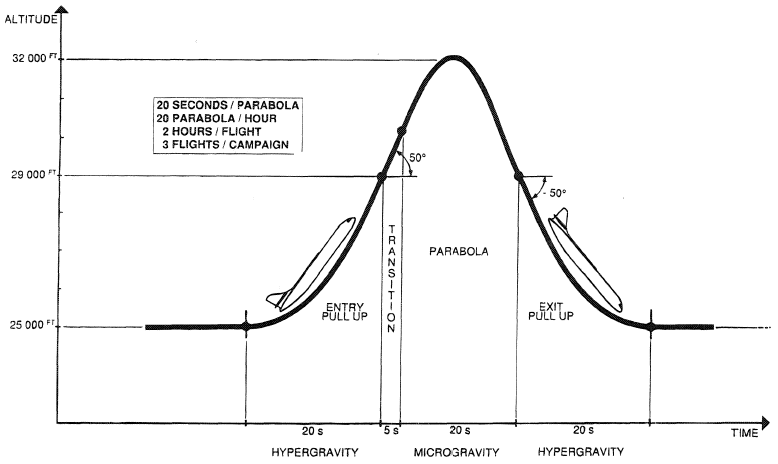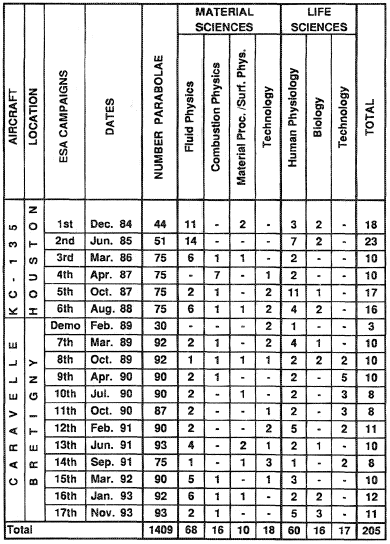Until recent years, scientific experiments have always been carried out in laboratories on Earth and therefore experimental results were always obtained under gravitational conditions. In some cases, gravity does not affect the phenomenon or process under study, but in other cases it may be so important that it may mask other phenomena present in the system. Recently, new opportunities for research have developed with the space age, and experiments in reduced gravity conditions have become possible. There are three main benefits which may arise from carrying out experiments under microgravity. First, pure phenomena can be investigated without the influence of gravity. Second, while investigating some systems, new phenomena may arise which may be of importance but which have been masked under the effect of gravity. Third, new manufacturing processes may be developed which take advantage of the new environment. Examples of the last might be the production of pure crystals and of new metal alloys in space.
One of the difficulties encountered with this new type of experimental environment is that scientists are not used to the new concepts under which experiments and investigators work. Therefore, new experimental methods and techniques need to be devised and applied.
Although it is normally assumed that in Space the gravitational level is zero, this is not strictly correct; hence the use of the terminology "microgravity" or "reduced gravity" instead of "zero-gravity".
Microgravity conditions may be simulated to a certain extent in Earth laboratories, but can be obtained, in decreasing order of time duration, in various platforms such as:
Satellites
Orbiting space stations
Rockets
Aircraft (parabolic flights)
Drop Towers
Experiments may be carried out in any of the above but in each one different microgravity levels will be achieved (Figure 1) depending on the absolute rotation and angular acceleration of the platform, the forces acting on it and the nonuniformities of the external fields.
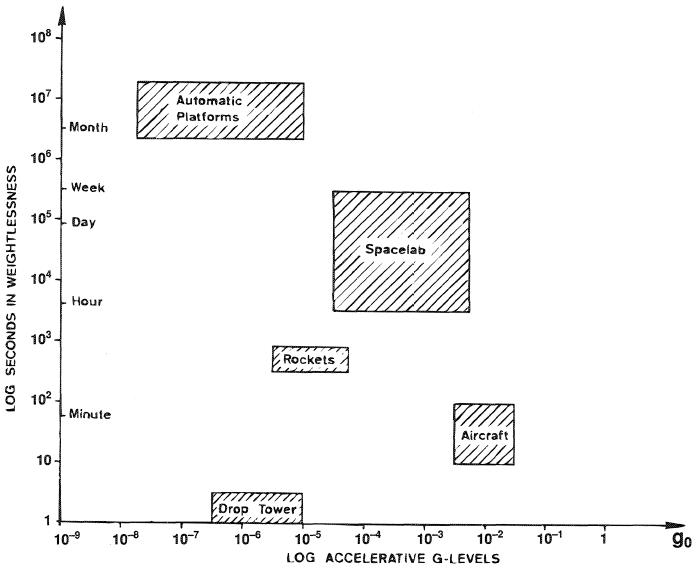
Figure 1. Nominal gravitational levels as a function of duration achievable with the main microgravity platforms.
The choice of which platform to use depends fundamentally on the requirements of the experiments, in terms of the microgravity duration and level, and also on whether experimental conditions need to be modified during the microgravity period, in which case the investigator needs to be present. Another important factor is economics, as doing an experiment in a space station is much more expensive than in a parabolic flight.
One of the most economic ways of carrying out experiments under microgravity is in parabolic flights, where around 30 parabolae may be performed, per flight, and for each parabola 20-30 seconds of microgravity may be achieved (Figure 2). An important advantage of this mode of experimentation is that the investigator flies with the experiment and may therefore alter conditions at different stages of the experiment.
Parabolic flight campaigns have been run, for example, by the European Space Agency (ESA), since December 1984. Up to November 1993, ESA run a total of 17 campaigns, where 205 experiments were performed during 1409 parabolae (Figure 3). This is approximately equivalent to 8 hours of microgravity which is, in turn, equivalent to approximately 5.3 orbits around the Earth.
During the ESA parabolic flights experiments (Figure 3) have been carried out in the fields of Material Sciences (Fluid Physics, Combustion Physics, Material Processing/Surface Physics and Technology) and Life Sciences (Human Physiology, Biology and Technology).
An example of results from a Fluid Physics experiment performed under the microgravity conditions achieved in parabolic flights is shown in Figure 4. During mass transfer from the drop, containing acetylacetone, to the outer water phase, interfacial convection is observed, although not as intense (Figure 5) and not lasting for as long as under gravitational conditions [Mendes-Tatsis and Perez de Ortiz (1992)]. On Earth, two types of convection occur during the transfer of acetylacetone into water: gravitational convection (caused by density gradients) and Marangoni convection (caused by interfacial tension gradients). Under microgravity, interfacial tension gradients become the only reason for the convection observed and therefore pure Marangoni convection can be observed.
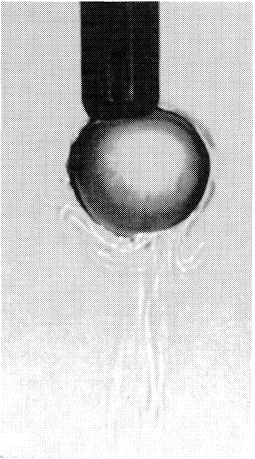
Figure 4. Transfer of acetylacetone from the drop into water (gravitational conditions, 7 seconds after formation of drop).
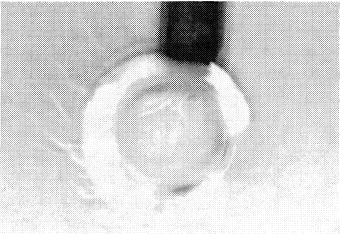
Figure 5. Transfer of acetylacetone from the drop into water (microgravity conditions, 7 seconds after formation of drop).
Another interesting occurrence in microgravity is the extension of interfaces, which can also be observed in Figures 4 and 5. Under similar experimental conditions, the diameter of the drop under microgravity is larger than under gravitational conditions.
The author is grateful to the European Space Agency for providing some of the data and some of the figures included here.
REFERENCES
Mendes-Tatsis, M. A. and Perez de Ortiz, E. S.,Spontaneous Interfacial Convection in Liquid-Liquid Binary Systems under Microgravity (1992) Proc. R. Soc. Lond. A 438, 389-396.
Les références
- Mendes-Tatsis, M. A. and Perez de Ortiz, E. S.,Spontaneous Interfacial Convection in Liquid-Liquid Binary Systems under Microgravity (1992) Proc. R. Soc. Lond. A 438, 389-396. DOI: 10.1098/rspa.1992.0114
